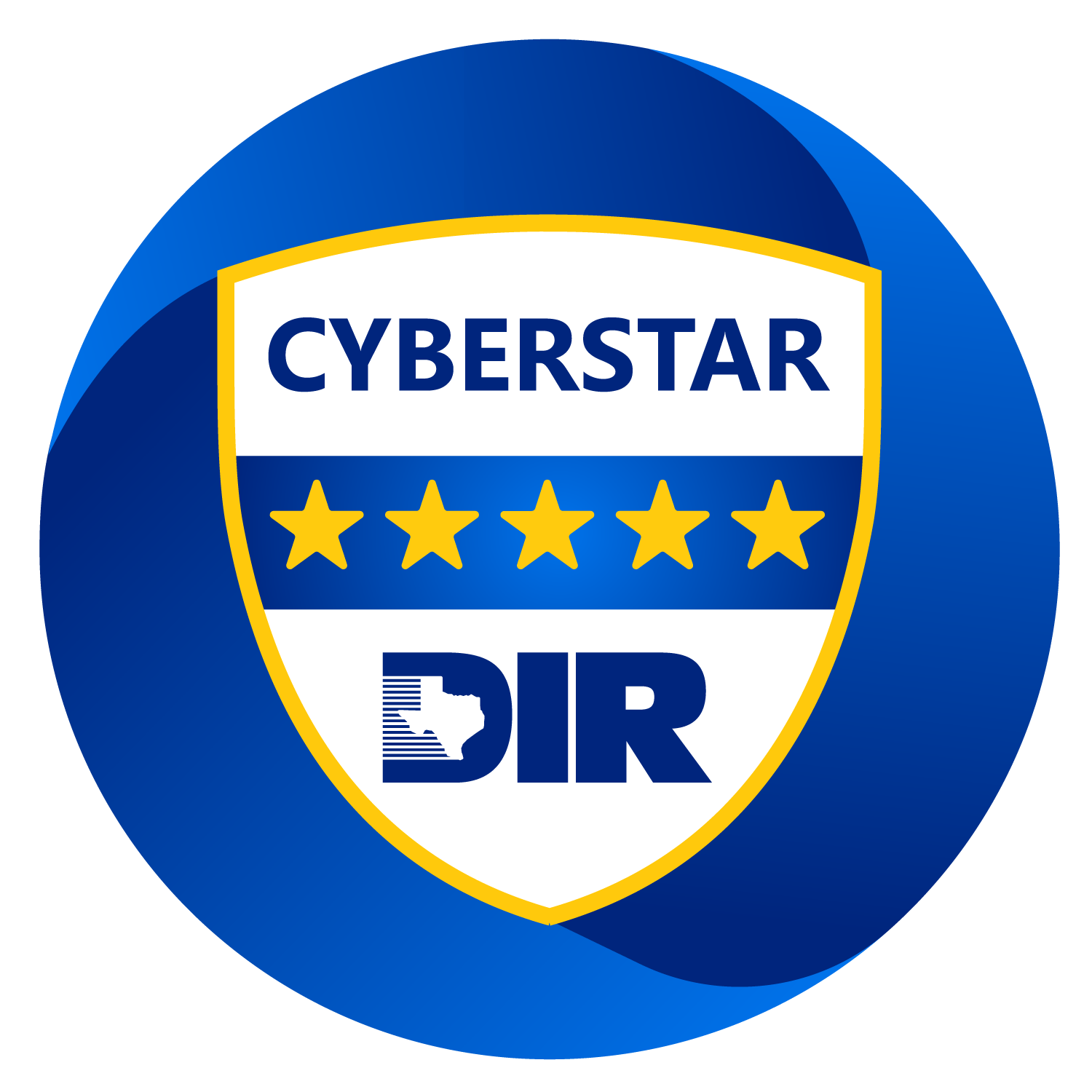What is it?
Desktop virtualization is a method of simulating a user workstation so it can be accessed from a remotely connected device. By abstracting the user desktop in this way, organizations can allow users to work from virtually anywhere with a network connecting, using any desktop laptop, tablet, or smartphone to access enterprise resources without regard to the device or operating system employed by the remote user.
Remote desktop virtualization is also a key component of digital workspaces Virtual desktop workloads run on desktop virtualization servers which typically execute on virtual machines (VMs) either at on premises data centers or in the public cloud.
Since the user devices is basically a display, keyboard, and mouse, a lost or stolen device presents a reduced risk to the organization. All user data and programs exist in the desktop virtualization server, not on client devices.
What are the benefits of Desktop Virtualization?
Resource Utilization: Since IT resources for desktop virtualization are concentrated in a data center, resources are pooled for efficiency. The need to push OS and application updates to end-user devices is eliminated, and virtually any desktop, laptop, tablet, or smartphone can be used to access virtualized desktop applications. IT organizations can thus deploy less powerful and less expensive client devices since they are basically only used for input and output.
Remote Workforce Enablement: Since each virtual desktop resides in central servers, new user desktops can be provisioned in minutes and become instantly available for new users to access. Additionally, IT support resources can focus on issues on the virtualization servers with little regard to
the actual end-user device being used to access the virtual desktop. Finally, since all applications are served to the client over a network, users can access their business applications virtually anywhere there is internet connectivity. If a user leaves the organization, the resources that were used for their virtual desktop can then be returned to centrally pooled infrastructure.
Security: IT professionals rate security as their biggest challenge year after year. By removing OS and application concerns from user devices, desktop virtualization enables centralized security control, with hardware security needs limited to virtualization servers, and an emphasis on identity and access management with role-based permissions that limit users only to those applications and data they are authorized to access. Additionally, if an employee leaves an organization there is no need to remove applications and data from user devices; any data on the user device is ephemeral by design and does not persist when a virtual desktop session ends.
How does Desktop Virtualization work?
Remote desktop virtualization is typically based on a client/server model, where the organization’s chosen operating system and applications run on a server located either in the cloud or in a data center. In this model all interactions with users occur on a local device of the user’s choosing, reminiscent of the so-called ‘dumb’ terminals popular on mainframes and early Unix systems.
What are the types of Desktop Virtualization?
The three most popular types of desktop virtualization are Virtual desktop infrastructure (VDI), Remote desktop services (RDS), and Desktop-as-a-Service (DaaS).
VDI simulates the familiar desktop computing model as virtual desktop sessions that run on VMs either in on-premises data center or in the cloud. Organizations who adopt this model manage the desktop virtualization server as they would any other application server on-premises. Since all end-user computing is moved from users back into the data center, the initial deployment of servers to run VDI sessions can be a considerable investment, tempered by eliminating the need to constantly refresh end user devices.
RDS is often used where a limited number of applications need be virtualized, rather than a full Windows, Mac, or Linux desktop. In this model applications are streamed to the local device which runs its own OS. Because only applications are virtualized RDS systems can offer a higher density of users per VM.
DaaS shifts the burden of providing desktop virtualization to service providers, which greatly alleviates the IT burden in providing virtual desktops. Organizations that wish to move IT expenses from capital expense to operational expenses will appreciate the predictable monthly costs that DaaS providers base their business model on.
Desktop Virtualization vs. Server Virtualization
In server virtualization, a server OS and its applications are abstracted into a VM from the underlying hardware by a hypervisor. Multiple VMs can run on a single server, each with its own server OS, applications, and all the application dependencies required to execute as if it were running on bare metal.
Desktop virtualization abstracts client software (OS and applications) from a physical thin client which connects to applications and data remotely, typically via the internet. This abstraction enables users to utilize any number of devices to access their virtual desktop. Desktop virtualization can greatly increase an organization’s need for bandwidth, depending on the number of concurrent users during peak.
Desktop Virtualization vs. App Virtualization
Application virtualization insulates executing programs from the underlying device, where desktop virtualization abstracts the entire desktop – OS and applications – which are then accessible by virtually any client device.
Application virtualization simplifies the installation of each individual application, which is installed once on a server and then virtualized to the various end-user device that it executes on. Client devices are sent a packaged, pre-configured executable which eases deployment.
A virtualization application exists as a single instance in the application server, so maintenance is greatly simplified. Only one instance needs be updated. If an application is retired, deleting it from the application server will also delete it from all users wherever they are. Further, since virtualized applications are packaged in their own ‘containers’ they cannot interact with each other or cause other applications to fail. Finally, since virtualized applications are independent of the underlying device OS, they can be used on any endpoint, whether Windows, iOS or Linux/Android.
However, application virtualization is not for every application. Compute- and graphics-intensive applications can suffer from slowing down causing visible lag during rendering, and a solid broadband connection is necessary to deliver a user experience comparable to local device application







